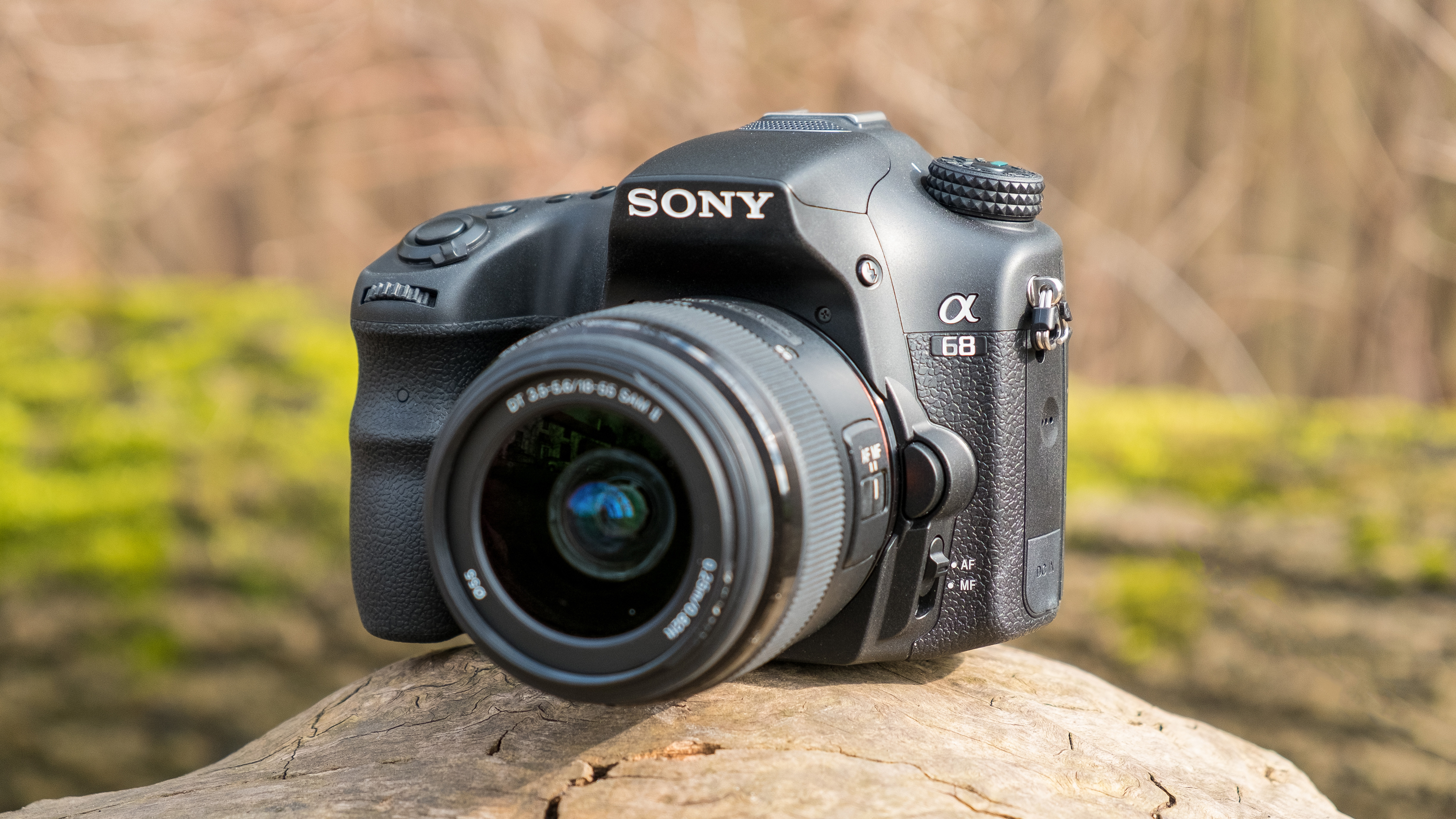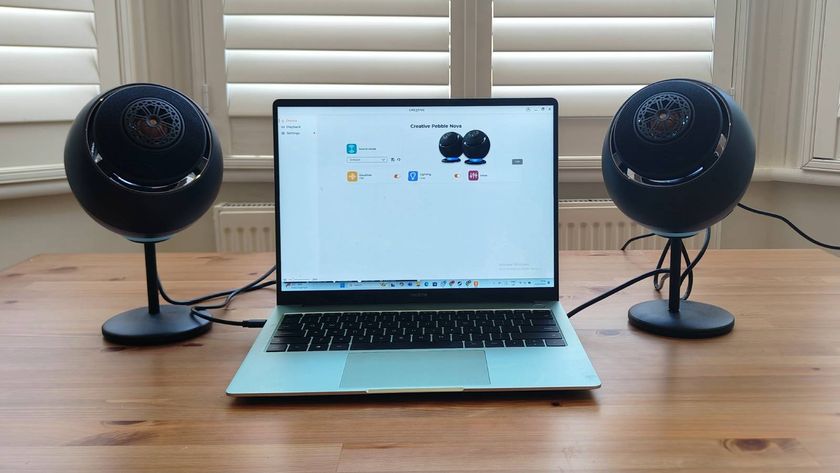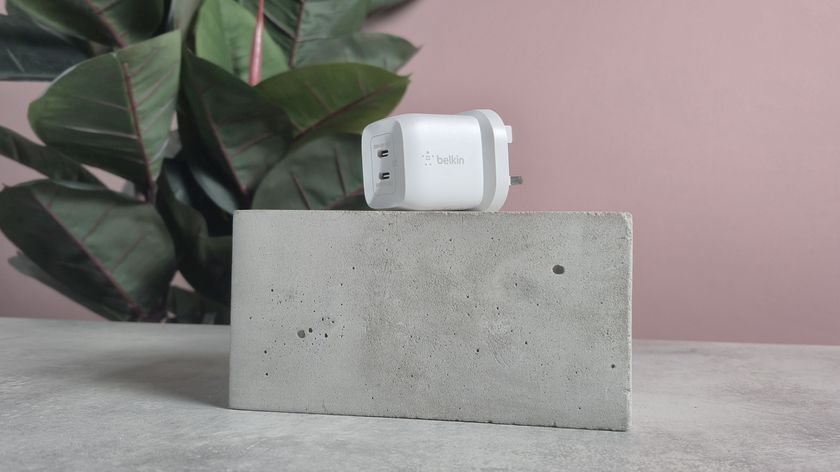TechRadar Verdict
Sony has produced a camera that offers real performance and value for money for enthusiasts and ambitious beginners, but the mediocre kit lens, build quality and rear display show that corners have been cut.
Pros
- +
Value for money
- +
Fast and capable autofocus
- +
High-quality electronic viewfinder
Cons
- -
Poor quality LCD screen
- -
Over-sensitive shutter-release
- -
Uninspiring build quality
Why you can trust TechRadar
Sony hasn't produced a DSLR for almost six years now, and much of its focus has since shifted to its popular compact system cameras. It has, however, maintained its DSLR-like Single Lens Translucent (SLT) models for the benefit of those after an interchangeable-lens camera with a more traditional form factor.
The A68 is its latest addition to the SLT system, nestling between the junior A58 and the more advanced A77 II, and thus billed as a perfect partner for "demanding amateur photographers". Looking at its spec sheet you'd be forgiven for thinking it should command a higher price than it actually does, with a handful of features borrowed from the more advanced of its stablemates. As such, it holds plenty of appeal to those on a budget that require something more capable than the norm.
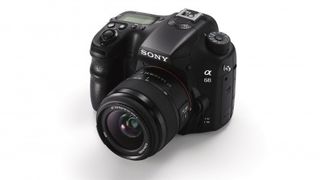
Key features
The A68 is built around the same Translucent Mirror construction as Sony's previous models, with a non-moving mirror that passes some of the light through to the sensor and the electronic viewfinder and some to the separate phase detection autofocus sensor. This allows it to offer the same kind of form as a DSLR with the advantage of the aforementioned viewfinder, together with full-time live view and phase-detect autofocus, and also a burst rate that's higher than expected from a more orthodox DSLR pitched at the same audience.
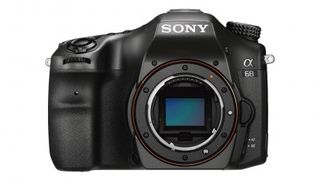
The sensor itself is a 24.2MP, APS-C-sized Exmor CMOS unit, and this records stills up to ISO 25,600 and full HD video at 50Mbps in the XAVC S format. This all works with the previously seen BIONZ X processor although, undoubtedly, the more exciting aspect of the camera's spec sheet is its 4D Focus AF system.
This features 79 phase-detect AF points, with 15 of these being cross-type and sensitivity down to -2EV (this is most likely to be confined to only the central point, but means it should be more sensitive in darker conditions than would be otherwise the case). At the time of the camera's announcement this represented the highest number of phase-detect points available on such a model, although this has since been bested by Nikon's D5 and D500, as well as Sony's own A6300.
Sony reckons the high number of focusing points and the system's sensitivity make the camera a good choice for tracking moving subjects, something also credited to the AF algorithm used to do so, with full-time autofocus also present during video recording on account of the Translucent Mirror Technology.
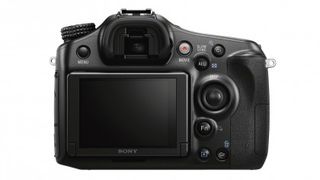
The LCD screen also stands out from the camera's spec sheet, although sadly for the opposite reason. At 2.7 inches in size it's smaller than expected, while its 460k-dot resolution is also behind the times, with screens measuring three inches and with a minimum 921k-dot resolution now being the norm a this level. It's not responsive to touch neither, although it is mounted on a hinge, which enables it to be tilted 35 degrees upwards and 55 degrees downwards.
The 'Tru-Finder' electronic viewfinder appears more impressive, with its 1.44million-dot OLED panel and the ability to preview shooting effects such as colour and white balance, together with manual-focus assistance and 100% coverage of the scene appearing to provide the user with everything they need to view the scene as clearly and accurately as possible.
The camera can also be programmed to fire at 8fps in the Tele-Zoom Continuous Advance Priority AE option, which crops into the centre of the frame and with AF tracking maintained throughout but exposure fixed to that of the first frame in the sequence and captures limited to JPEG. The camera does, however, offer a more standard 5fps option for those wanting to also use raw.
As we'd expect from Sony, Wi-Fi is on board to allow for wireless image sharing, and the camera accepts the SD family of memory cards in addition to Sony's Memory Stick Pro Duo format. The SD slot is also helpfully positioned around the side of the camera rather than in the battery compartment, which means the card can be easily removed while the camera is mounted on a tripod.

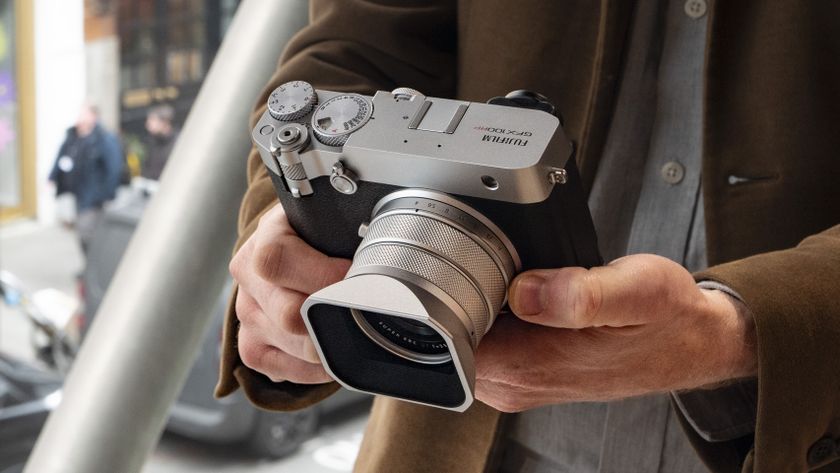
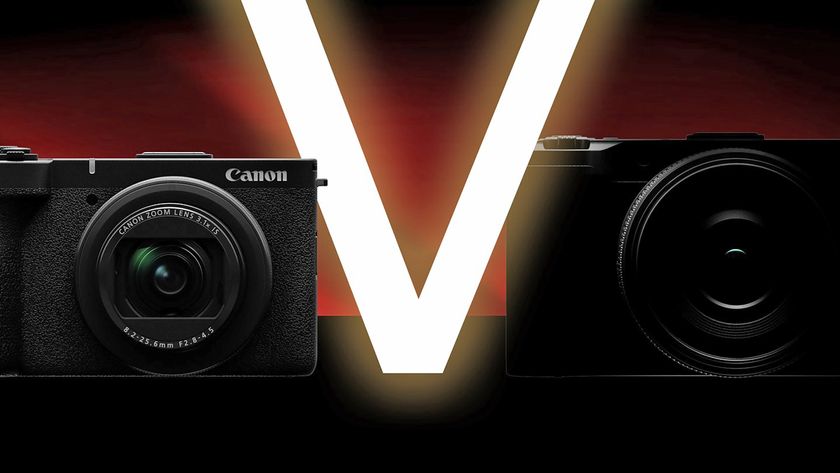
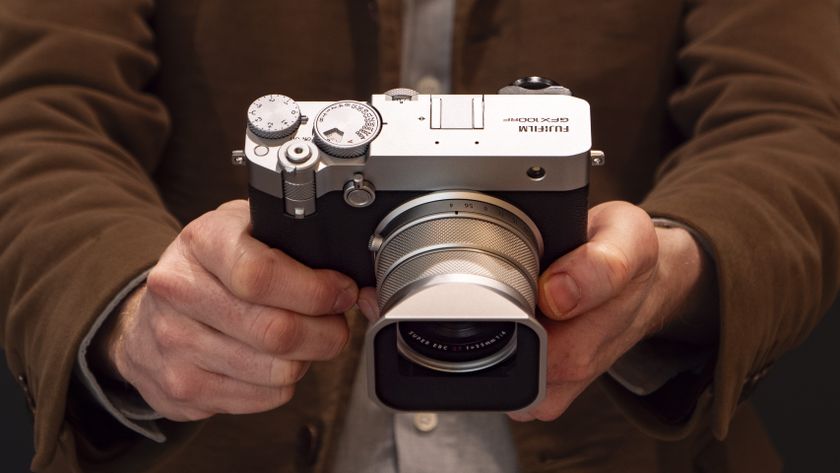
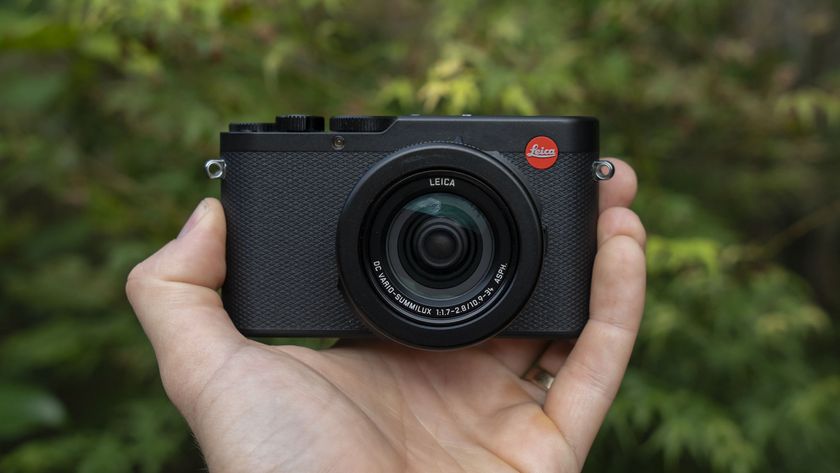
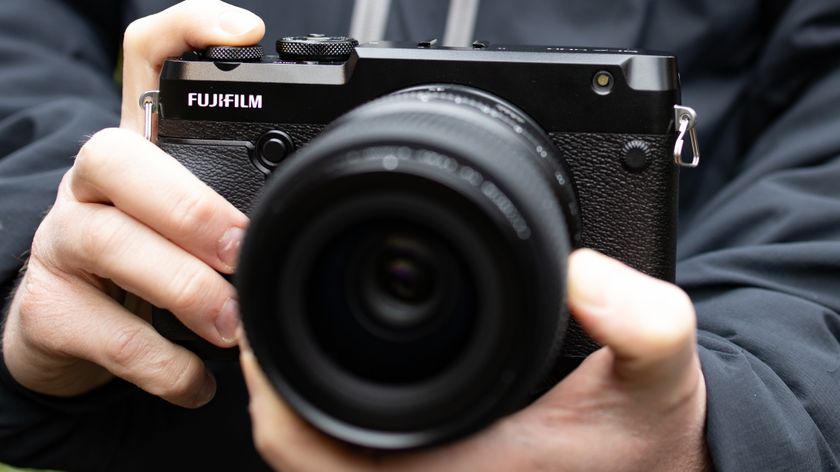
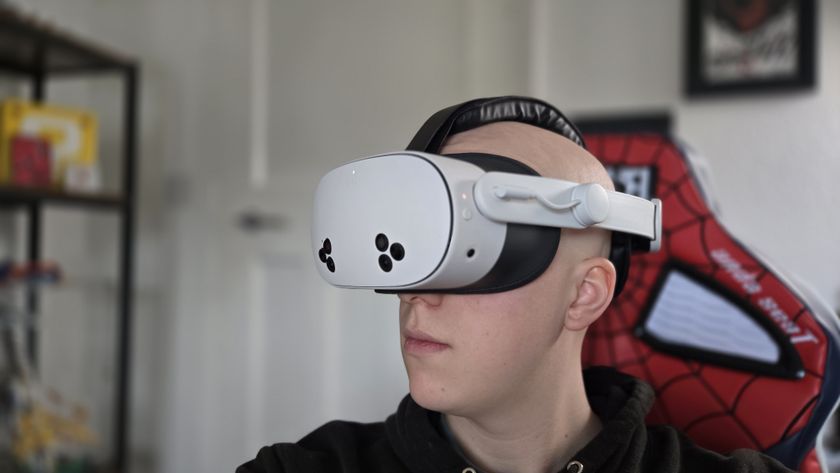
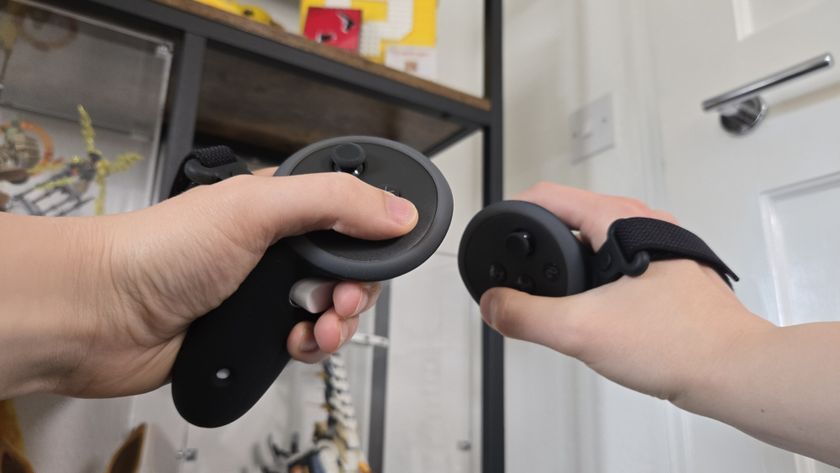
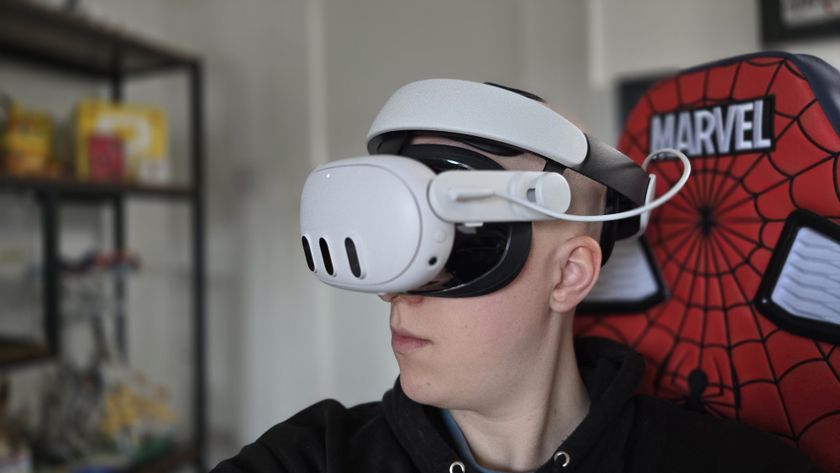
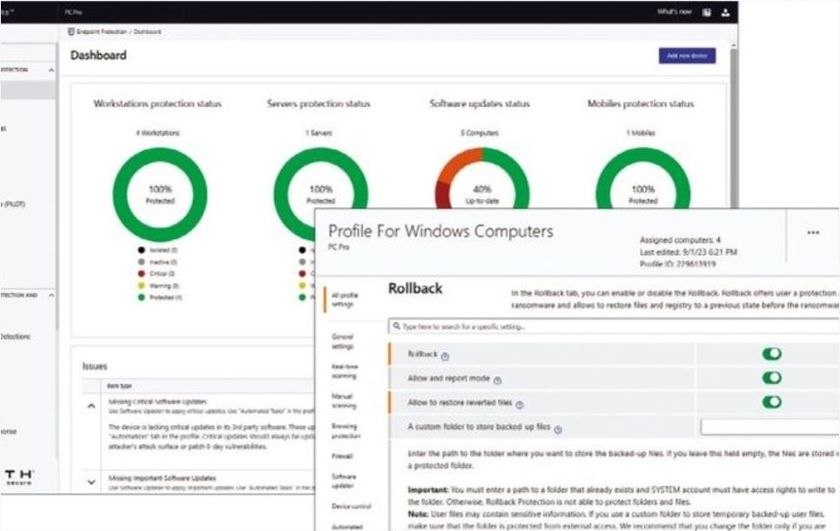
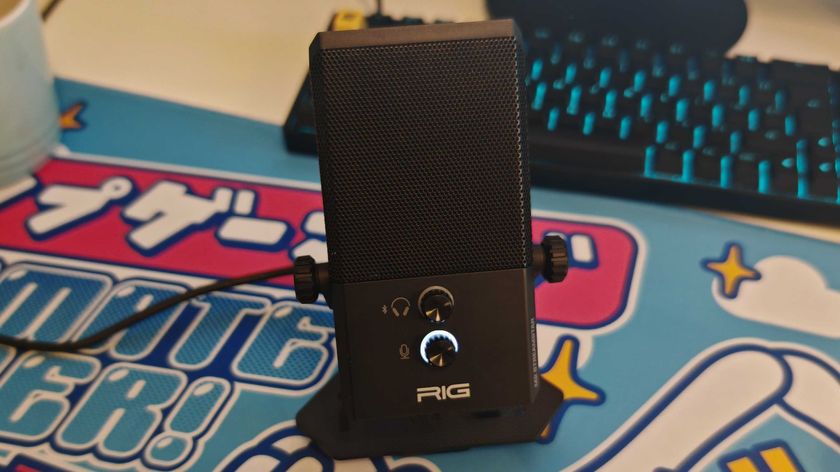
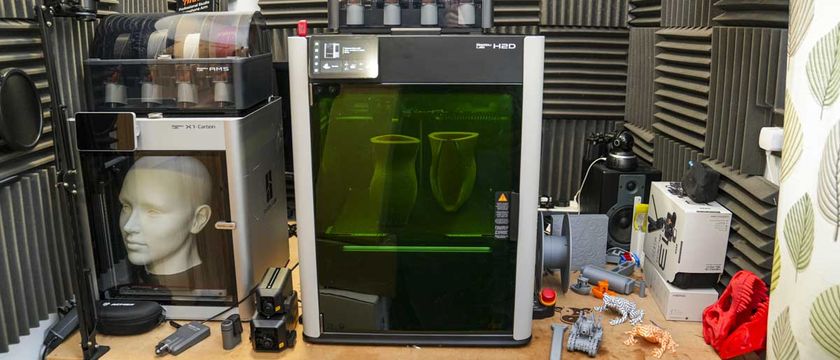
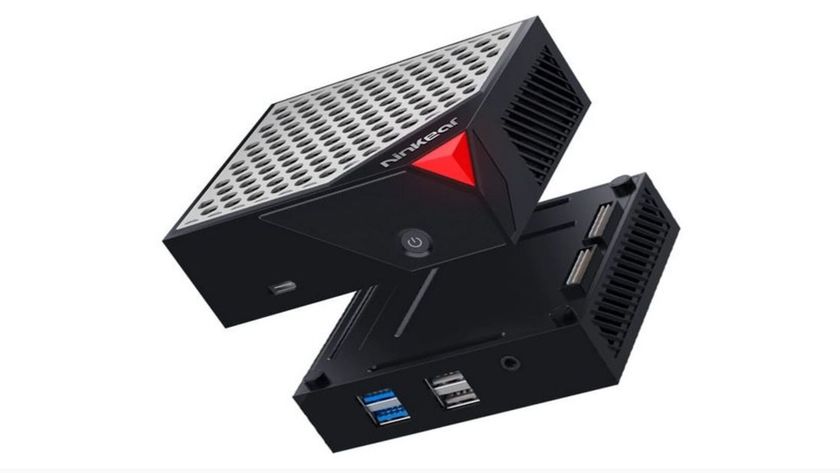
This mini PC has a detachable docking station that hides a hard drive, and I am not convinced whether it's a good idea

Nintendo Music expands its library with songs from Kirby and the Forgotten Land and Tetris

The Shark TurboBlade fan can blast out blades of cool air in any direction, but it's its breeze-inspired mode that really won me over
